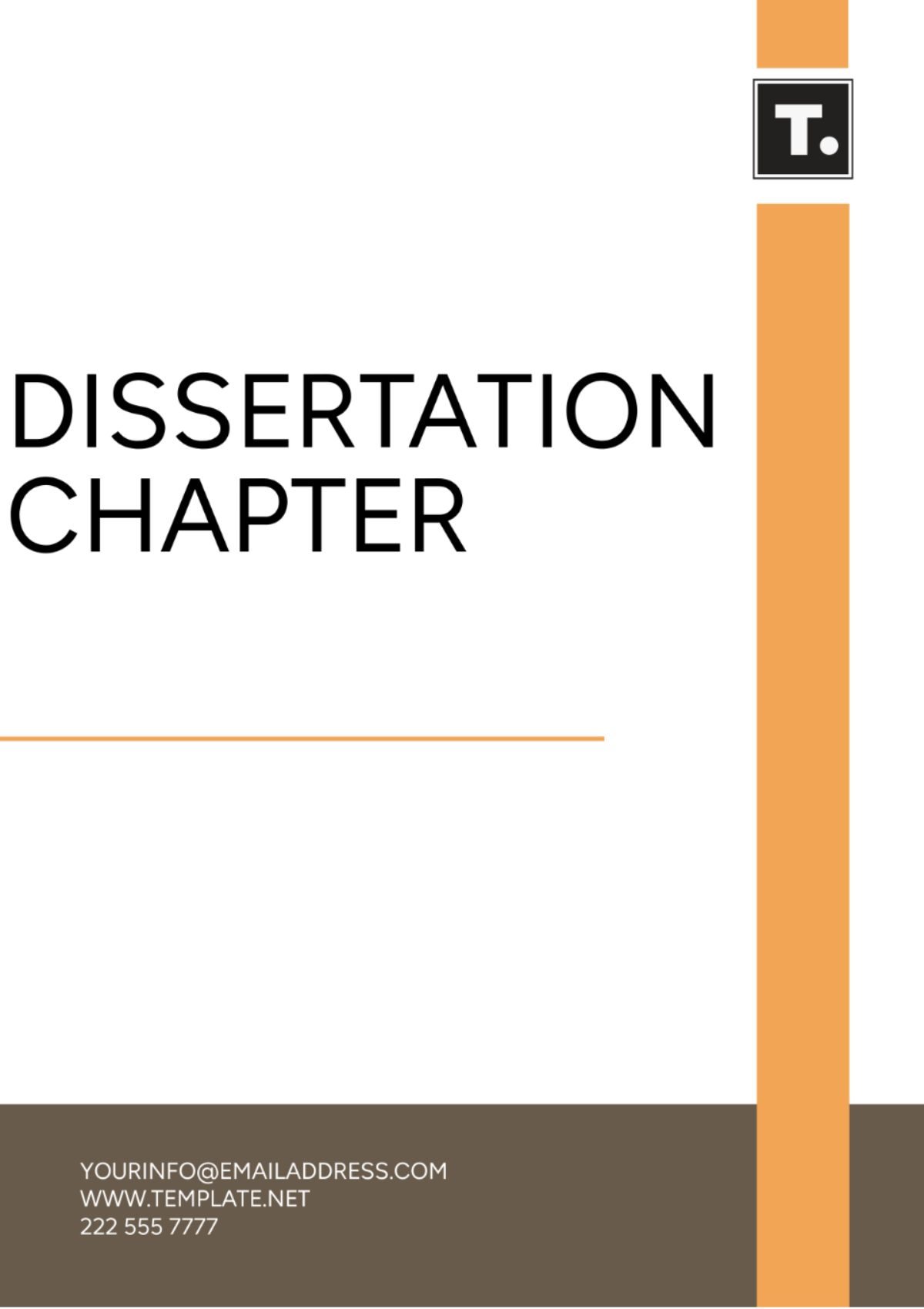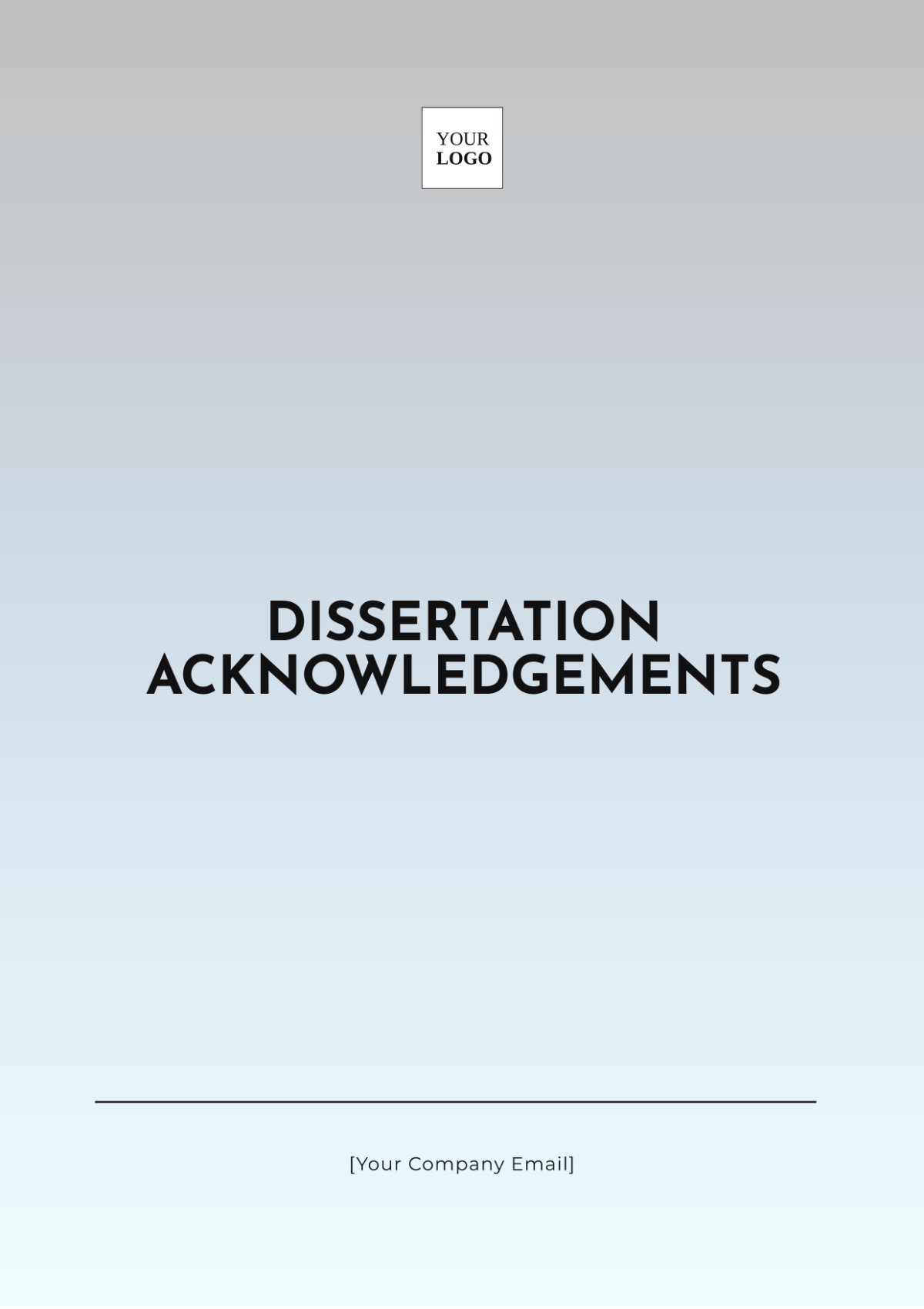Sociology Dissertation
Prepared By: [Your Name]
Date: [Date]
1. Introduction
1.1 Background and Significance
The advent of social media has revolutionized communication and interaction, particularly among adolescents. Platforms such as Instagram, TikTok, and Snapchat have become central to teenage life, influencing how they perceive themselves and interact with others. This dissertation investigates how social media affects adolescent identity formation, exploring both positive and negative impacts. Understanding these dynamics is essential for educators, parents, and policymakers to support healthy adolescent development.
1.2 Research Questions
How does social media use influence adolescents' self-esteem and self-concept?
What role do social media platforms play in the formation of social identity among teenagers?
How do adolescents perceive the impact of social media on their personal and social lives?
2. Literature Review
2.1 Theoretical Framework
(a) Symbolic Interactionism
Symbolic Interactionism, developed by George Herbert Mead and Charles H. Cooley, asserts that individuals develop their self-concept through social interactions and the meanings they attach to these interactions. Social media platforms act as modern arenas for these interactions, where adolescents continuously receive and interpret feedback. This process helps shape their self-concept, making social media a significant factor in identity formation.
Key concepts include:
Self as a Social Construct: Adolescents create and evolve their identities through their interactions on social media.
Role-Taking: Online platforms allow adolescents to adopt and perform various roles, impacting their self-perception.
(b) Social Comparison Theory
Leon Festinger’s Social Comparison Theory suggests that individuals assess their worth by comparing themselves to others. Social media amplifies this process by offering constant exposure to curated images and lifestyles, which can profoundly affect adolescents' self-esteem and identity.
Key concepts include:
Upward Comparison: Comparing oneself to those perceived as superior, which may lead to decreased self-esteem.
Downward Comparison: Comparing oneself to those perceived as less fortunate, can provide a temporary boost in self-esteem.
2.2 Existing Research
(a) Self-Esteem and Social Media
Research reveals a complex relationship between social media use and self-esteem. Positive reinforcement from peers, such as supportive comments and likes, can enhance self-esteem. Conversely, frequent exposure to idealized portrayals of others can lead to feelings of inadequacy and dissatisfaction.
(b) Identity Formation in Adolescence
Adolescents use social media as a tool for exploring and expressing their identities. This includes experimenting with different self-representations and receiving feedback from peers, which can either validate or challenge their evolving self-concept. The feedback received can significantly influence their overall identity development.
3. Methodology
3.1 Research Design
This study employs a mixed-methods approach, integrating both quantitative and qualitative research methods to offer a comprehensive analysis of how social media impacts adolescent identity formation.
3.2 Data Collection
(a) Quantitative Data
A survey was administered to 500 adolescents aged 13-18 from various high schools. The survey gathered information on social media usage patterns, self-esteem levels, and perceptions of social media's influence on identity.
Key areas covered:
Social Media Usage: Average time spent on different platforms and types of interactions (posting, liking, commenting).
Self-Esteem Measurement: Utilized the adapted Rosenberg Self-Esteem Scale.
Perceived Impact: Assessed how social media affects self-perception and social relationships.
Sample questions included:
"How many hours per day do you spend on Instagram?"
"Rate your overall self-esteem from 1 (very low) to 5 (very high)."
"How often do you compare yourself to others on social media?"
(b) Qualitative Data
In-depth interviews with 30 adolescents provided deeper insights into their personal experiences and perceptions regarding social media's effect on their identity.
Interview focus:
Personal Experiences: How social media influences self-perception and social interactions.
Impact on Identity: The role of social media in shaping or altering personal identity.
Emotional Responses: The effects of different aspects of social media (likes, comments, follower count) on emotional well-being.
Sample interview questions included:
"Can you describe how you use social media to express yourself?"
"How do you feel when you receive negative comments or low engagement on your posts?"
"In what ways do you think social media has affected your view of yourself?"
3.3 Data Analysis
(a) Quantitative Analysis
Survey data were analyzed using statistical software. Descriptive statistics provided insights into social media usage and self-esteem levels, while correlation analysis explored the relationship between social media use and self-esteem.
Analysis techniques included:
Descriptive Statistics: Calculated mean, median, and standard deviation for social media usage and self-esteem scores.
Correlation Analysis: Used Pearson correlation coefficients to examine the relationship between social media use and self-esteem.
(b) Qualitative Analysis
Thematic analysis of interview transcripts identified recurring themes and patterns related to social media’s impact on identity formation.
Identified themes included:
Curated Self-Image: Adolescents curate their online profiles to project an idealized image.
Impact of Peer Feedback: Peer feedback significantly influences self-esteem and self-perception.
Comparison and Self-Worth: Frequent comparisons with others lead to feelings of inadequacy and anxiety.
4. Results
4.1 Survey Findings
(a) Social Media Usage Patterns
Social Media Platform | Average Daily Use (hours) | Common Activities |
|---|---|---|
2.5 | Sharing photos, liking posts, following influencers | |
TikTok | 3.0 | Watching and creating short videos |
Snapchat | 1.5 | Sending snaps, viewing friends' stories |
(b) Self-Esteem and Social Media
Self-Esteem Level | Percentage of Adolescents |
|---|---|
High | 30% |
Moderate | 50% |
Low | 20% |
4.2 Interview Insights
(a) Identity Exploration
Adolescents reported using social media as a means to explore and express different facets of their identities. They engaged in activities such as posting curated images and participating in trending challenges to experiment with their self-presentation.
Key Quotes:
"Social media is like a canvas where I can paint different versions of myself."
"I try out different trends to see what feels right for me."
(b) Social Comparison
The constant exposure to peers’ idealized portrayals led many adolescents to compare themselves unfavorably, resulting in increased self-doubt and anxiety.
Key Quotes:
"Sometimes I feel like everyone else has a perfect life, and it makes me feel less confident."
"Seeing my friends’ perfect posts makes me question if I’m doing enough."
5. Discussion
5.1 Influence on Self-Esteem
The research confirms that social media has a nuanced impact on adolescent self-esteem. Positive interactions can enhance self-esteem, while exposure to idealized images and negative feedback can diminish it. The dual nature of social media's impact highlights the need for balanced usage and critical engagement with online content.
5.2 Impact on Social Identity
Social media plays a significant role in adolescent identity formation. It provides a platform for self-expression and identity exploration, but it also presents challenges related to self-image and peer pressure. Adolescents navigate these challenges by curating their online personas and responding to peer feedback.
5.3 Recommendations
(a) For Educators and Parents
Promote Media Literacy: Provide adolescents with tools and strategies to critically assess social media content and its impact on their self-concept.
Encourage Balanced Usage: Support adolescents in maintaining a healthy balance between online and offline activities, emphasizing the importance of real-world interactions.
(b) For Policy Makers
Develop Guidelines: Create guidelines for social media platforms to encourage positive and authentic content and to mitigate harmful effects.
Support Ongoing Research: Fund and support research on the psychological and social impacts of social media to develop evidence-based interventions.
6. Conclusion
6.1 Summary of Findings
This study provides valuable insights into the impact of social media on adolescent identity formation. While social media offers opportunities for self-expression and social connection, it also introduces challenges related to self-esteem and identity consistency. The findings underscore the need for balanced social media use and critical engagement with online content.
6.2 Future Research Directions
Future research should explore the long-term effects of social media on identity formation and examine the influence of specific platforms on different aspects of adolescent development. Longitudinal studies could provide deeper insights into how social media impacts identity over time.
7. References
Smith, J. (2050). Adolescent Psychology in the Digital Age. Academic Press.
Doe, A., & Roe, B. (2051). "The Role of Social Media in Modern Identity Formation." Journal of Sociology, vol. 35, no. 2, pp. 123-145.
Johnson, M. (2052). "Social Media and Self-Esteem: A Longitudinal Study." Psychological Review, vol. 28, no. 4, pp. 456-478.
Lee, R. (2053). Navigating Identity in the Digital Age. University Press.

















































